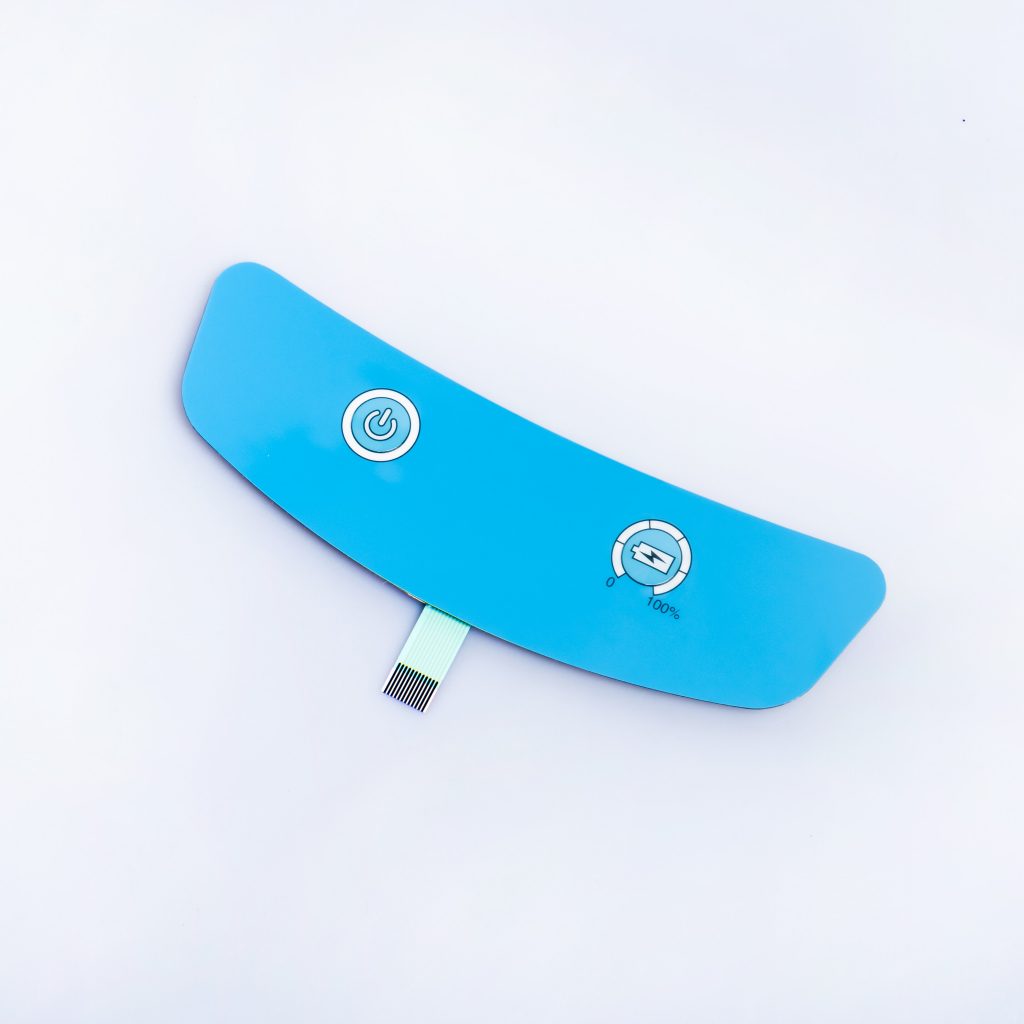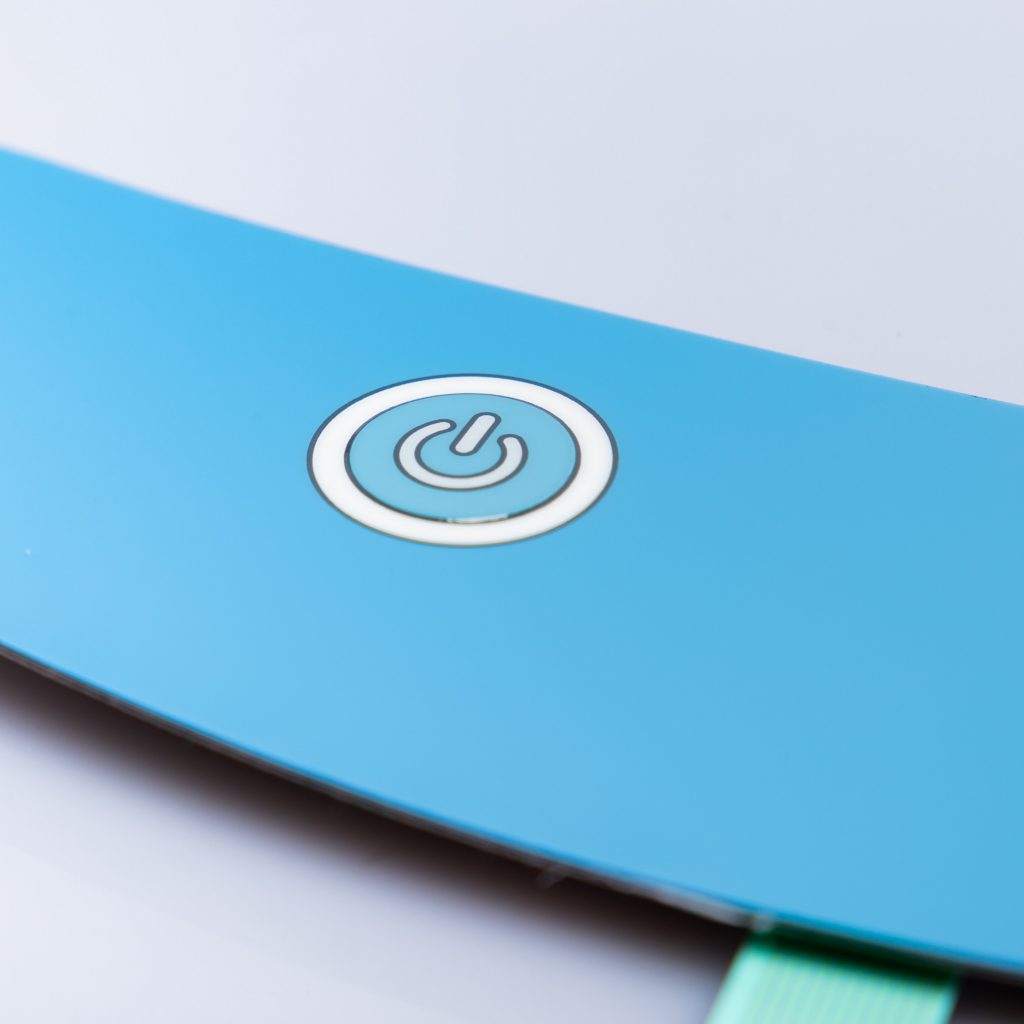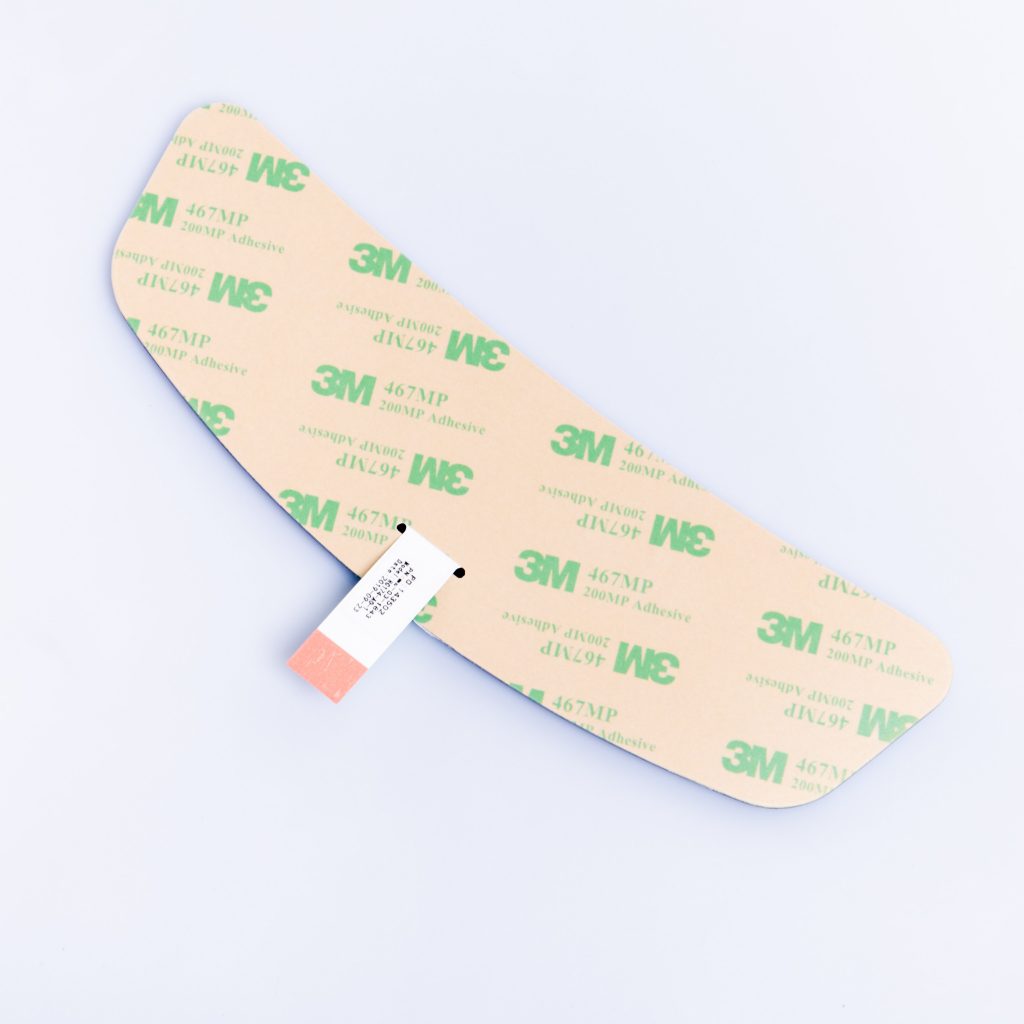Contact
Write to Us And We Would Be Happy to Advise You.
Do you have any questions, or would you like to speak directly with a representative?
By hqt
Have you ever wondered about the magic behind touchpads, certain remote controls, or some industrial machines’ interfaces? That’s where membrane switches come into play. These switches, although thin and flexible, are crucial for many modern electronic devices.



Before diving into the intricacies of design, let’s first get familiar with the components and workings of a membrane switch.
Components of a Membrane Switch
These switches consist of various layers, including the top graphic interface we touch and the underlying circuits that transfer the command. It’s like a sandwich, but instead of bread and fillings, we have layers of circuits and protective sheets.
How They Function
When pressure is applied, the top layer makes contact with the bottom circuit, closing the loop and sending the signal. Think of it as a handshake – a brief touch that passes information.
Designing the circuit for a membrane switch requires a deep understanding of its electrical characteristics and layout.
Electrical Characteristics
Resistance, capacitance, and circuit layout are key. Designers ensure that when the top layer touches the bottom circuit, there’s optimal electrical flow. Imagine it like tuning a guitar: too tight or too loose, and you won’t get the desired sound.
Layout Considerations
A membrane switch must be both functional and compact. This requires arranging the circuits in a way that maximizes space without compromising functionality.
Now, let’s delve into the different circuits that power these switches.
Silver Flex Circuits
One of the most popular choices, these circuits are made using silver conductive inks. They’re like the all-rounders in a cricket team, versatile and reliable.
Copper Flex Circuits
Made of copper, these circuits offer higher conductivity and can be combined with rigid PCBs. Think of them as the backbone that provides strength and structure.
Rigid PCB-Based Switches
These switches are sturdier and can support complex circuit designs, but they aren’t as flexible.
For something that’s often out of sight, durability is key.
Material Selection
Choosing the right material, be it polyester or polyimide, can affect the switch’s lifespan. It’s like choosing the right attire for an occasion – each has its strengths and is suited for specific conditions.
Protective Layers and Their Importance
Just as you’d wear a raincoat in a storm, protective layers shield the switch from environmental factors, ensuring longer life.
Compactness, flexibility, and cost-effectiveness make membrane switches a favorite among manufacturers. And who doesn’t love a solution that’s both effective and efficient?
Every rose has its thorn, and membrane switches are no exception.
Ensuring Connectivity
Over time, repeated pressing can cause wear. Solutions? Multi-touch points or enhanced materials.
Handling Wear and Tear
Choosing materials that can handle repeated use, and incorporating protective layers, ensures longevity.
From microwaves to industrial machinery, these switches are everywhere! They’re the unsung heroes, working behind the scenes to ensure our devices function seamlessly.
With advancements in technology, we’re seeing the rise of switches that can handle more complex tasks, integrate with LEDs, and even provide tactile feedback. The future? Exciting times lie ahead!
Circuit design in membrane switches is both an art and science. As technology continues to evolve, so too will the complexity and capabilities of these remarkable switches. Ready to switch to the next big thing?
FAQs
Do you have any questions, or would you like to speak directly with a representative?